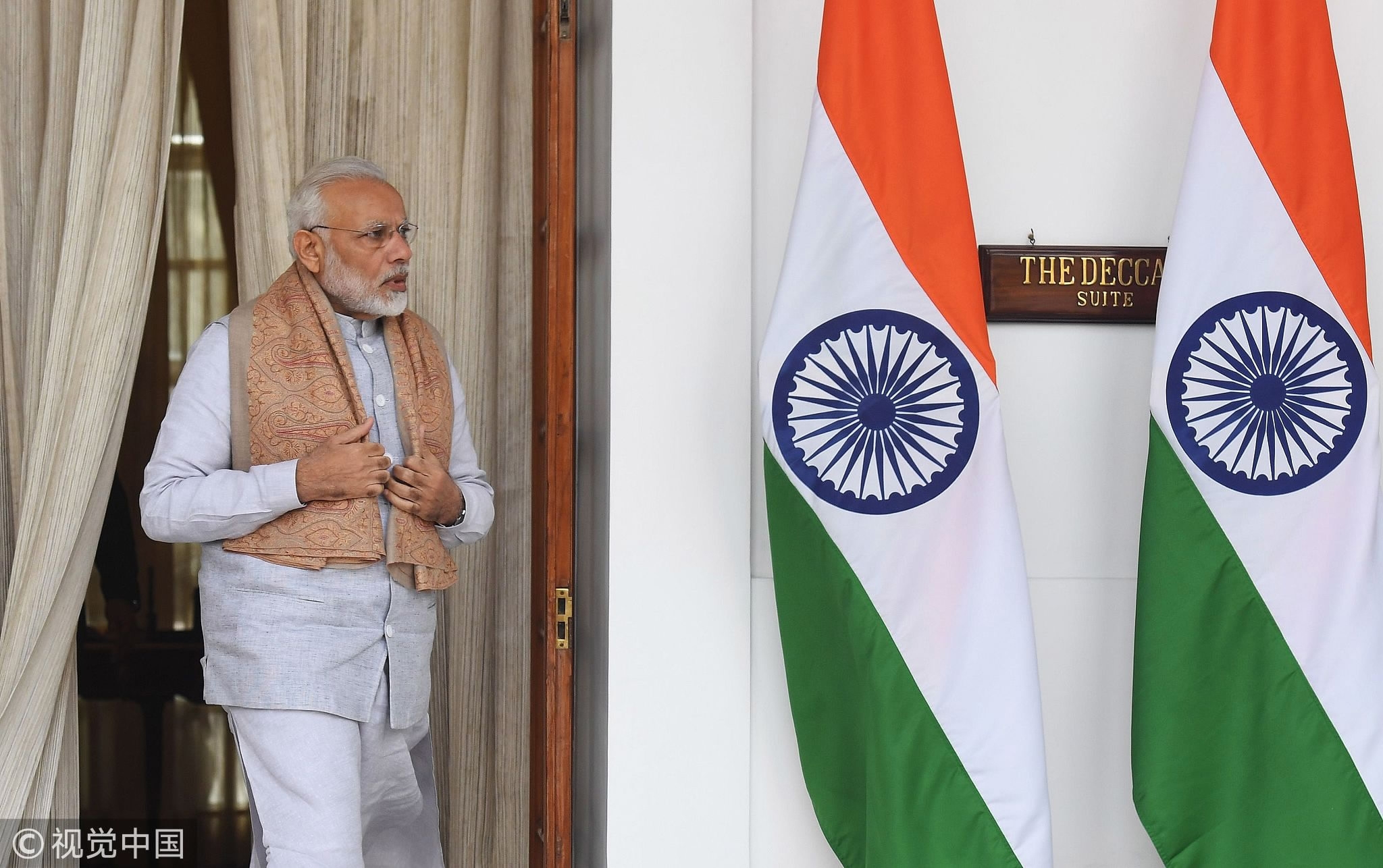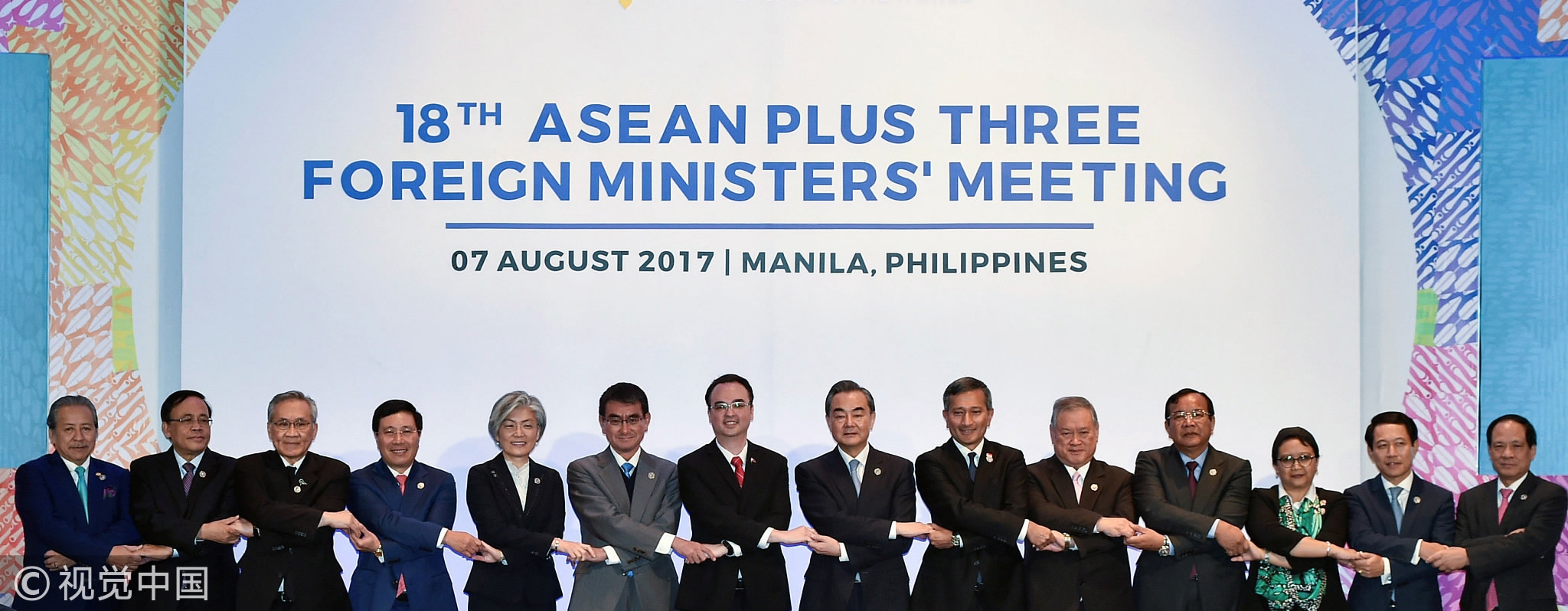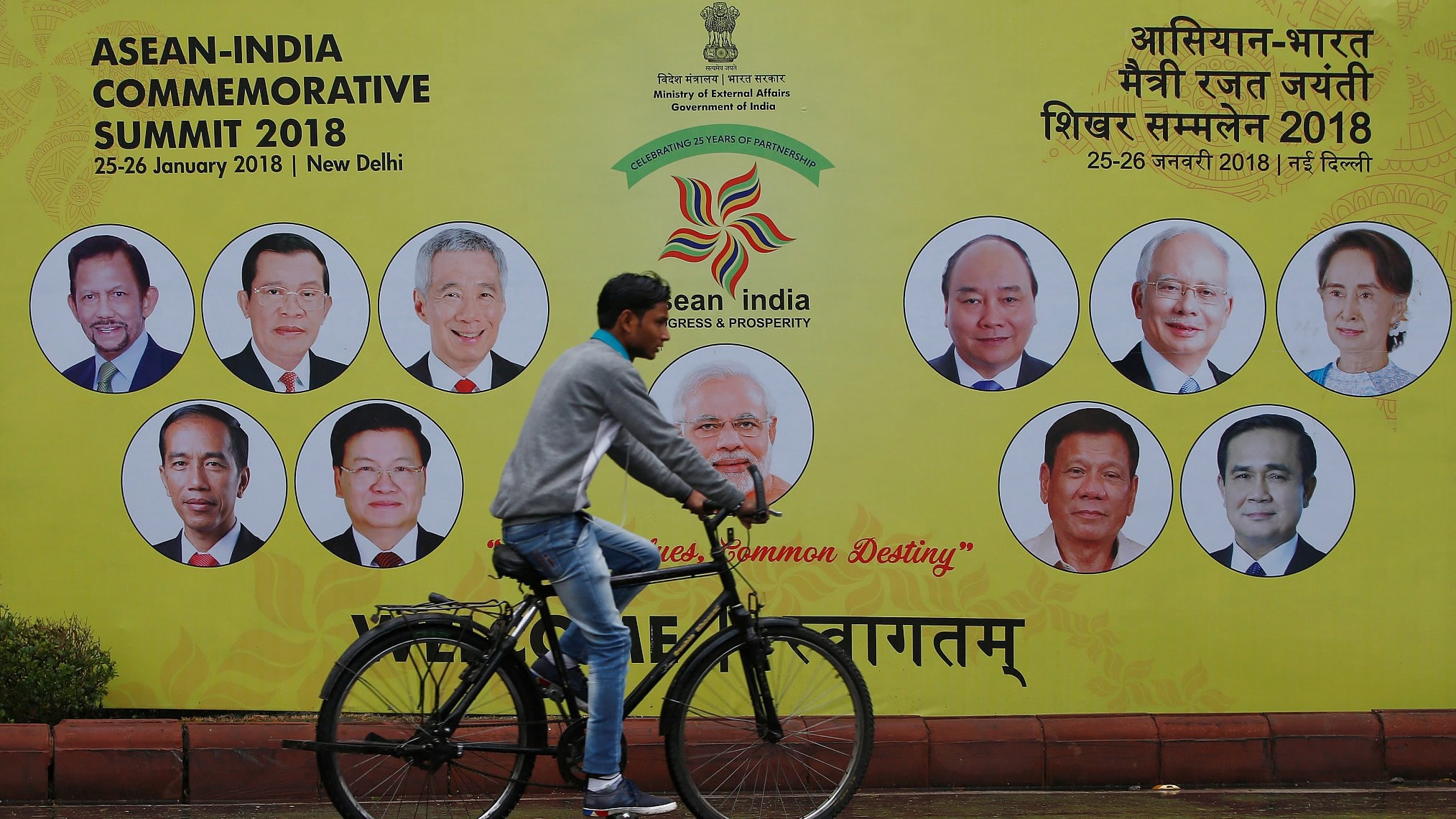India gathered the leaders of the ASEAN members for a summit on January 25. India has, for a long time, been pursuing an “Act East” policy of developing political and economic ties with ASEAN. People should congratulate what PM Modi has done in holding such a summit and bringing the 10 top ASEAN leaders together.
The theme of the commemorative summit which took place in New Delhi January 25-26 was “Shared Values, Common Destiny” – highlighting the commonalities between Asia’s third largest economy and the economically vibrant bloc. There are mainly two things that connect India with ASEAN, one is Buddhism and the other is Ramayana.
The Ramayana, which is well-known in India, is embedded in many Southeast Asian cultures. Many countries in the region have people of Indian origin among their citizens—most notably Malaysia and Singapore. Culture and traditions are common linkages between India and ASEAN.
The India- ASEAN engagement has made impressive strides over the past 25 years, starting with a modest sectoral dialogue partnership in 1992, a full dialogue partnership in 1995, a summit partnership in 2002 and a strategic partnership in 2012, the relations went on smoothly. Since 2014, India has upgraded its “Look East policy” to “Act East policy”.

Indian Prime Minister Narendra Modi (R), Indian Vice President Venkaiah Naidu (C) and Indian President Ram Nath Kovind (2R) pose with Cambodian Prime Minister Hun Sen (3L),Vietnamese Prime Minister Nguyen Xuan Phuc (L) after India's 69th Republic Day Parade in New Delhi on January 26, 2018. /VCG Photo
Indian Prime Minister Narendra Modi (R), Indian Vice President Venkaiah Naidu (C) and Indian President Ram Nath Kovind (2R) pose with Cambodian Prime Minister Hun Sen (3L),Vietnamese Prime Minister Nguyen Xuan Phuc (L) after India's 69th Republic Day Parade in New Delhi on January 26, 2018. /VCG Photo
“Act East” is an effort to intensify India’s engagement with its eastern neighbors, and an intentionally more decisive-sounding alternative than the “Look East” policy. India views the ASEAN region as an economic partner, given its high growth rates as well as its approximately 600 million people as a market.
All 10 ASEAN leaders were at India’s 69th Republic Day celebration activities, the first time that not one but ten world leaders became “chief guests” at the annual Republic Day parade. The unprecedented nature of the collective invitation extended to leaders of a regional grouping, in turn, reflects the Indian intent to highlight the priority it attaches to its South East.
Furthermore, Modi held bilateral meetings with each leader of ASEAN member countries. Indian officials – including Modi himself – are likely to have impressed upon each of their 10 guests the importance with which they view his or her country and their determination to forge greater cooperation. Now there are 30 dialogue platforms between India and ASEAN, including an annual Leaders’ Summit and seven Ministerial Dialogues. Actually Act East policy and 3-C (Commerce, Connectivity, Culture) formula for strengthening engagement with ASEAN speaks to the broad-based cooperation.
But the significance of an Indo-ASEAN partnership cannot be overemphasized as India-ASEAN cooperation has more challenges than expected.
Trade between India and ASEAN is not very important at present, partly because of geography and partly because of India’s traditionally protectionist policies, limiting overall trade between the inland ASEAN member countries like Laos and Combodia with India.

Indian Prime Minister Narendra Modi (C) poses for a photograph with ASEAN heads of state at Rashtrapati Bhavan in New Delhi on January 25. /VCG Photo
Indian Prime Minister Narendra Modi (C) poses for a photograph with ASEAN heads of state at Rashtrapati Bhavan in New Delhi on January 25. /VCG Photo
For ASEAN and India, political relations have outpaced the economic, commercial, cultural and people-to-people relations. While India and ASEAN have concluded an Agreement on Goods, Services and Investment, gains have been modest. India is reluctant to conclude the Regional Cooperative Economic Partnership (RCEP) which will be more substantial than ASEAN -India Free Trade area (AIFTA). Trade negotiations are at a delicate stage over the Regional Comprehensive Economic Partnership (RCEP). New Delhi has reservations while ASEAN nations would like India to sign on.
Lack of physical connectivity between India and South-East Asia continues to be a major constraint and even the India-Myanmar-Thailand trilateral highway have been inordinately delayed. This will further limit the prospects for expanding India-ASEAN trade and commercial relations. New Delhi now needs to focus on more effective delivery of projects it is already committed to. In this context, prompt completion of the India-Myanmar-Thailand Trilateral Highway, which will run from Moreh in Manipur to Mae Sot in Thailand via Myanmar, is key.
Terrorism is an issue where India and ASEAN find some common ground. But through the exchange and flow of information, intelligence and capacity-building have not done enough to match the rhetoric. Actions speak louder than words.
Tourism is another area that has not lived up to its potential. Although the number of outbound tourists from India to ASEAN countries has increased, India only accounts for 3 percent of tourist arrivals to the ASEAN region. The number of tourists from ASEAN countries to India is nothing to boast about either.

India Prime Minister Narendra Modi walks to receive Sultan of Brunei Darussalam Sultan Hassanal Bolkiah prior to a bilateral meeting on the sidelines of ASEAN-INDIA Commemorative Summit in New Delhi on January 25. /VCG Photo
India Prime Minister Narendra Modi walks to receive Sultan of Brunei Darussalam Sultan Hassanal Bolkiah prior to a bilateral meeting on the sidelines of ASEAN-INDIA Commemorative Summit in New Delhi on January 25. /VCG Photo
And India also needs ASEAN to help address two of India’s top energy needs: natural gas and coal. This is no small matter for India that must triple its energy supplies in the coming years to return to double-digit growth.
New Delhi is giving more attention to cultural diplomacy in ASEAN but still only three countries in the region – Indonesia, Malaysia, and Myanmar – have Indian cultural centers.
China’s rise as an economic giant and its robust economic ties with ASEAN countries gives India enough reason to step up its cooperation with ASEAN. India has not participated in Beijing’s Belt and Road Initiative (BRI). Although ASEAN nations are participating in the BRI, they would like to keep their options open with regards to connectivity initiatives emanating from India and some of them (mostly Singapore) are also keen on investing in infrastructure projects within India.
The India- ASEAN trade is currently only US$71 billion. The ASEAN -China trade by contrast is US$470 billion. It is unlikely that the trade target of US$ 200billion for 2020 will be met. Despite more than 22% of India’s cumulative outward FDI being located in ASEAN and 2,000 Indian companies being present in ASEAN countries, India’s profile is modest when compared to China and Japan. In 2016 India invested US$1 billion in ASEAN as compared to US$10 billion by China. Only Singapore is a major investor in India responsible for a cumulative total of about US$30 billion and this constitutes more than 98% of the ASEAN total.
Countries across the world and especially in Asia are adjusting to the rise of China, so it is natural to see ASEAN to avoid putting all their eggs in one basket.

Family photo of the 18th ASEAN Plus Three Foreign Ministers Meeting, part of the 50th Association of Southeast Asian Nations (ASEAN) Regional Forum (ARF) meeting in Manila, Philippines August 7, 2017. /VCG Photo
Family photo of the 18th ASEAN Plus Three Foreign Ministers Meeting, part of the 50th Association of Southeast Asian Nations (ASEAN) Regional Forum (ARF) meeting in Manila, Philippines August 7, 2017. /VCG Photo
We must not forget that both India and ASEAN are strategic partners with China. Neither ASEAN nor India can replace China’s relationship with each. What we would like to see is, India may be expected to finally join the Belt and Road initiative which may shape the greatest market of the globe including China, India and ASEAN with 3.2 billion population which cover 45% of the world. Hopefully, ASEAN and India share common interests in peace and security in the region, and an open, balanced and inclusive regional architecture, which will surely get support from China. The best thing for India to do is to follow ASEAN to join in Belt and Road which will eventually benefit India itself.
(Zhou Rong is a professor at Chongyang Institute for Financial Studies at Renmin University. The article reflects the author's opinion, and not necessarily the view of CGTN.)






